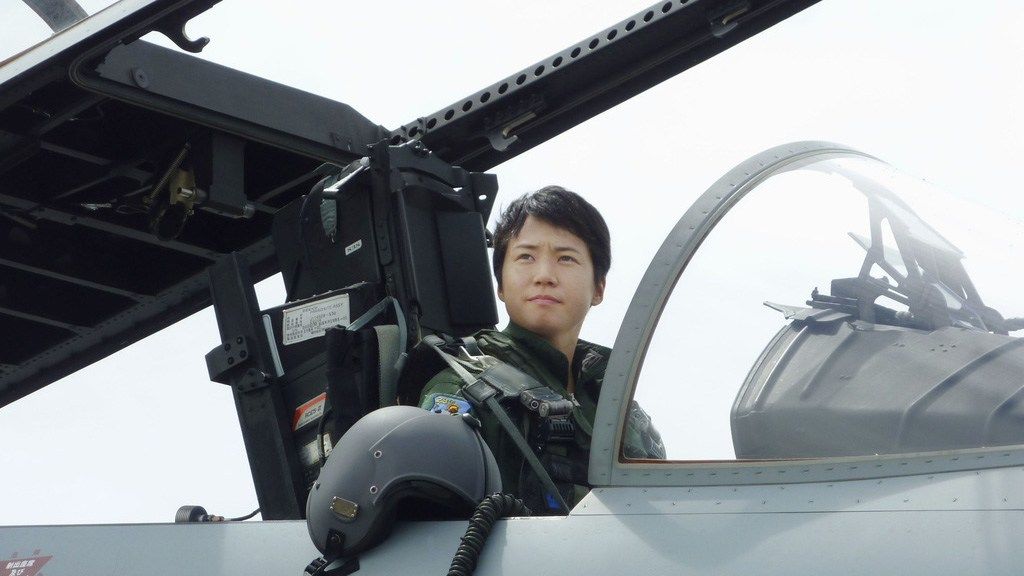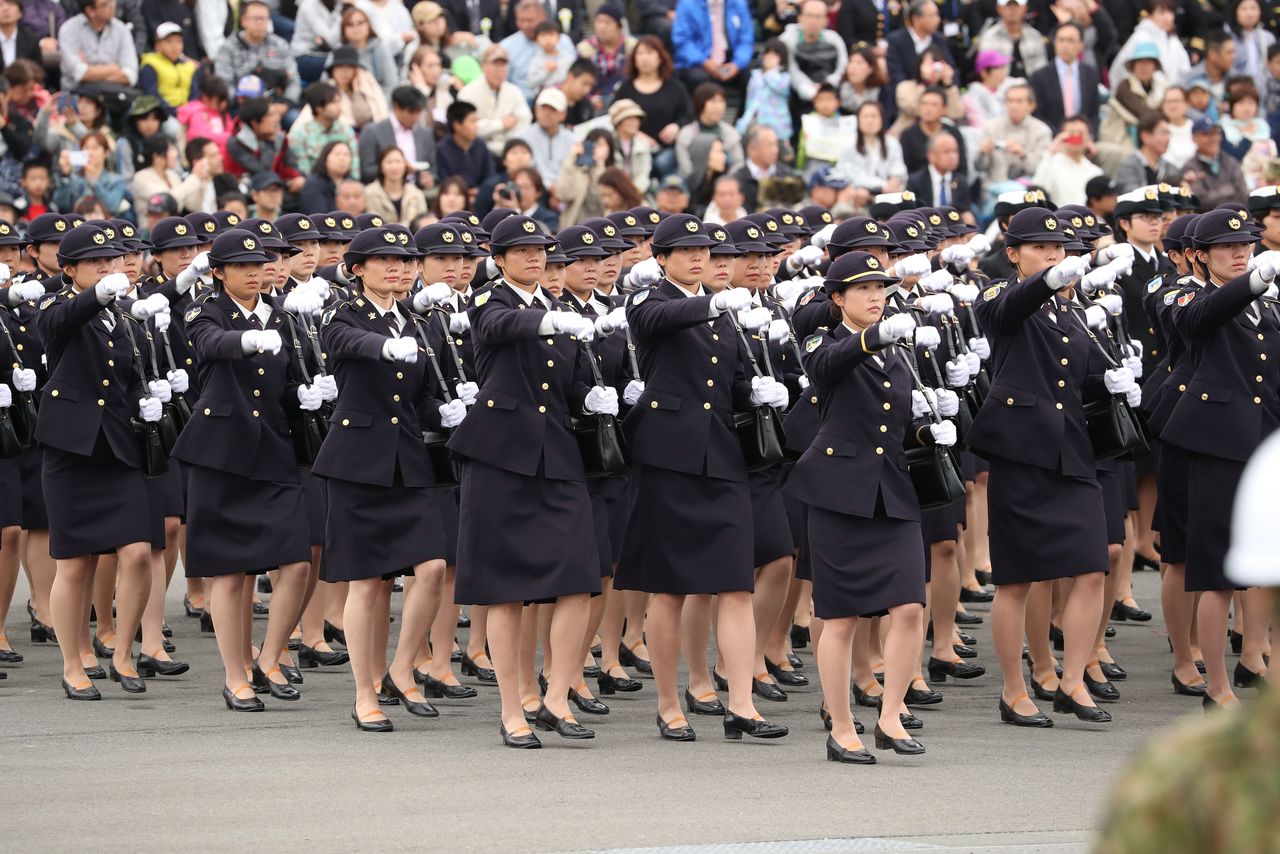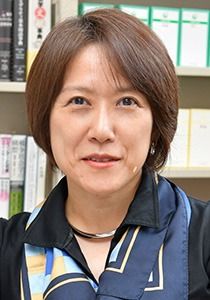
Women in Japan’s Self-Defense Forces: Sociological Perspectives on Gender in the Military
Society Work Politics- English
- 日本語
- 简体字
- 繁體字
- Français
- Español
- العربية
- Русский
Ever since the Russian invasion of Ukraine, images of women driving tanks and piloting jet fighters have been trending on social media. The images strike the public as incongruous, but even in Japan female enlistment in the Self-Defense Forces has been rising year by year, and more and more women are assigned to combat roles once reserved for males. How and why did the change occur? What motivates women to enlist, what is expected of them, and what challenges do they face? In the following, we survey these topics with the aid of Satō Fumika, a sociologist specializing in gender and the military.
Feminism and the Military
Satō’s interest in women in the military goes back to the 1990s. She saw that in the United States (where the draft ended in 1973), feminists had been pushing for gender integration of the armed forces, and the Gulf War of 1990–91 accelerated the process with the unprecedented deployment of 40,000 American women to a combat zone.
The 1997 box-office hit G.I. Jane depicted the hard-won success of the first woman to enter the elite Navy SEALS training program. Steadfastly refusing all offers of special treatment while meeting the program’s grueling physical demands, the heroine of G.I. Jane embodied an extreme concept of gender equality that Satō, then a graduate student in sociology, found hard to accept. “I thought, does gender equality mean measuring women by the logic and criteria of a man’s world?” she recalls. “Is that what feminism is?”
Satō’s skepticism in part led her to pursue the themes of gender, war, and the military and to write her doctoral dissertation on women in Japan’s Self-Defense Forces. “I wanted to know what motivates women to join up and to hear about their experiences firsthand,” she says. “There was an unfortunate tendency to ‘other’ these women, and it seemed to me that by treating them as aliens on a different planet we were overlooking a whole array of important issues. The more I interviewed them, the more I felt that way.”
Suspicion and Resistance in Academia
It was a courageous choice. Before then, feminist scholars in Japan had steered clear of any systematic study of the SDF for reasons rooted in postwar pacifism. “The concern was that the very process of comparing our armed forces with other countries’ would serve to legitimize the SDF as a full-fledged military organization,” says Satō. “Some feminists openly deplored the fact that such a study had been undertaken. I think people thought that, as a young researcher, I might somehow contribute to Japan’s remilitarization without realizing it.”
Feeling isolated, Satō took heart from the writings of feminist scholar Cynthia Enloe, known for her work on gender and militarism. Enloe argued that it was important for scholars to observe at close range the issues encountered by women in the military in order to understand how patriarchy functions in the armed forces and the processes of militarization and demilitarization.
“In the United States, there was an idea that participation in the military would help elevate the status of women and other socially vulnerable groups. In Japan, where a large portion of the public was skeptical about the SDF and their purpose, no one suggested that women could become first-class citizens by enlisting and participating in military missions. For that very reason, it might be easier here to discern the military establishment’s true motives for including women.”
The results of Satō’s research were published in 2004 under the title Gunji soshiki to jendā: Jieitai no onnatachi (Gender and the Military: Women in the Self-Defense Forces). Her recently published Josei heishi to iu nanmon (The Conundrum of the Female Soldier), which comes 17 years after her initial study, takes a new look at women in the SDF in the context of global changes in the role of the armed forces.
Women in Japan’s Postwar Armed Forces
Japan’s defeat in World War II led to demilitarization and the promulgation of a new Constitution that “renounce[d] war and the threat or use of force as means of settling international disputes.” In 1950, a brand-new security force known as the National Police Reserve was established, and in 1952 that organization was expanded and renamed the National Safety Forces. In 1954, the NSF were reorganized into the three Self-Defense Forces that exist today: Ground (GSDF), Maritime (MSDF), and Air (ASDF). For decades, it was verboten to use the word military in reference to the SDF, which were characterized as the minimum capability necessary for Japan’s self-defense and were forbidden from taking part in military operations outside of Japan. In the antiwar, antimilitary climate of postwar Japanese society, the SDF occupied an ambiguous and awkward position.
Women were accepted into the SDF from the start, albeit exclusively in the occupational field of nursing. Satō maintains that the presence of women served to differentiate the SDF from the widely reviled Imperial Army and minimize the public backlash against an institution many believed to be unconstitutional.
“From the start, there was an idea that women could be used to make the SDF look less military. There was a need to soften and demilitarize the SDF’s image to promote its acceptance in Japanese society.”
Addressing Labor Shortages
In 1967, the GSDF began opening up such occupational fields as personnel management, administration, supply management, accounting, and communications to women. As Satō explains, the new policy was driven in large part by practical considerations. At the height of the era of high-paced growth, with plenty of private-sector jobs to go around, the SDF was having trouble recruiting qualified young men and was obliged to turn to women to expand the labor pool.
From the 1970s on, women began featuring heavily in recruiting posters, again serving to emphasize the SDF’s “softer,” less forbidding side.
International currents provided an additional impetus for opening up more military job opportunities to Japanese women. In 1979, the United Nations adopted the Convention on the Elimination of All Forms of Discrimination Against Women, which Japan ratified in 1985. In 1986, Japan’s Equal Employment Opportunity Act came into effect. However, it was only in 1992, when the National Defense Academy began admitting women, that it became possible for a female to become a senior SDF officer. (In the same year, Japan passed the Act on Cooperation with United Nations Peacekeeping Operations and Other Operations, facilitating SDF participation in peacekeeping and reconstruction missions overseas.)
In 1993, all occupational fields were opened up to females, although the government—in the name of “motherhood”—still barred women from serving on warships, submarines, or fighter planes. Gender equality, Satō stresses, was not the only, or even the biggest, factor behind this policy change. At the tail end of the “bubble economy” years, with private-sector jobs in abundance, the SDF were facing another severe shortage of male personnel. Moreover, women were useful “mascots,” appearing often in SDF promotional materials. In a 1990s campaign dubbed Operation Wine-Red, female SDF officers were encouraged to enter local beauty contests around Japan. The winners and their photos were featured prominently in the media, giving the SDF a public-relations boost.
Women on the Front Lines
In October 2000, the UN Security Council adopted resolution 1325, which called for women’s “equal participation and full involvement in all efforts for the maintenance and promotion of peace and security” and urged the “incorporation of gender perspectives” in UN peace and security efforts. Women SDF personnel took part in a UN peacekeeping mission for the first time in 2002, with the dispatch of Japanese PKO units to East Timor, and thereafter participation by women in such missions became common. Female communications, supply, and nursing officers were also involved in the SDF deployment to southern Iraq between 2003 and 2009. Satō suggests that images of female soldiers interacting with local residents were used to quell concerns that Japanese forces were operating in a combat zone, and to deflect public criticism of the mission.
Since the Diet passed the 2015 Act on the Promotion of Female Participation and Career Advancement in the Workplace—an initiative of then Prime Minister Abe Shinzō—women’s integration into the SDF has made further progress. In 2015, the ASDF announced that women could be assigned to fighter aircraft. In 2017, the GSDF opened up its infantry and tank units to women. And in 2018, the MSDF gave the green light for women to serve aboard submarines. The Ministry of Defense has also implemented a number of reforms to promote work-life balance and active participation by women, including the establishment of on-base daycare facilities and a system to secure substitute personnel for staff who take childcare leave.

Women GSDF officers observe Self-Defense Forces Day at Camp Asaka on October 14, 2018. (© Jiji)
“Prime Minister Abe was sensitive to the mood of the international community,” notes Satō. “He called for a more active role for women in Japanese society, and as part of that policy, he enthusiastically promoted female participation in SDF peacekeeping operations. In part, I think, this was an attempt to repair Japan’s international image, which had been damaged by the ‘comfort women’ controversy and by our unusually slow progress toward gender equality. After all, Japan consistently ranks at the very bottom of the world’s industrial countries in the World Economic Forum’s Global Gender Gap Report. This was Abe’s strategy for destigmatizing Japan while simultaneously softening his own international image as a staunch rightwing conservative.”
As of the end of March 2022, there were almost 20,000 women in the SDF, or about 8% of the forces’ total strength. This is still well below the NATO average (12% as of 2019), and the Defense Ministry is hoping to boost the ratio to 12% by 2030.
Motivations and Attitudes
As noted above, Japan’s feminist movement has never pushed for the integration of women into the military. What, then, motivates Japanese women to enlist in the SDF?
“Economic considerations play a big role,” says Satō. “SDF personnel are civil servants, which means that men and women of the same rank get paid the same. Most importantly, the SDF offers job security. Some women are probably hopeful that the military will be more inclined to judge them on their abilities, and some are looking for a job that offers stimulation and excitement.”
The SDF’s rescue operations during major domestic disasters, such as the Great Hanshin Earthquake of 1995 and the Great East Japan Earthquake of 2011, helped burnish the organization’s image. Those emergencies also triggered a surge in enlistments by women eager to lend a hand, says Satō.
But attitudes do not necessarily keep pace with institutional reform. In January 2004 a female SDF officer in Iraq embarrassed many viewers when she stated in a TV interview that she wanted to be “an emotional oasis for tired male soldiers.” Yet according to Satō, this sort of sentiment is surprisingly prevalent, even today.
“Just as in private industry, women have to adopt survival strategies centered on minimizing friction in a male-dominated workplace. The problem is that in a male-centered organization, there’s a tendency for women to polarize themselves into two camps. On the one hand you have the majority, who conform to the feminine ideal of thoughtfulness and pliancy. At the other extreme is a small, elite group of women who think of themselves as exceptional and equal to men in ability. The two groups are too alienated from one another to work together for workplace reform.”
Harassment and the Siege Mentality
Sexual harassment in the SDF is a serious problem, all too often hidden from view, says Satō. “Women in the SDF are soldiers charged with protecting people and defending the nation, so there’s a big psychological barrier to admitting vulnerability,” she notes. “It’s difficult to speak up, so there’s a tendency to excuse bad behavior and sweep it under the rug. This habit of trivializing sexual harassment is seen in armed services around the world.”
Adding to the problem is the “siege mentality” that Satō has encountered in many of her interviews with SDF personnel of both genders.
“Unlike most military forces, the SDF function in a gray area, and their personnel do not always get the respect they think they deserve,” she says. “I often hear the complaint that only the scandals get attention, and no one cares about the hard work people put in on a daily basis.” This victim mentality fuels a defensive response to accusations of sexual harassment. “Female personnel complain that the SDF are unfairly singled out for problems that occur in all kinds of settings,” says Satō.
Satō believes that the tendency among feminists and others on the left to disparage the SDF or view them as something to oppose has widened the gap between the military and civilian communities in Japan. “One can have a critical viewpoint and still maintain external links with the SDF in hopes of changing the organization and the attitudes of its members,” she argues.
In June 2022, Gonoi, Rina after leaving the GSDF, went public with her experience of sexual harassment and assault, using social media to publicize accusations that had been neglected or not adequately addressed. “That has prompted a spate of disclosures by other women, including ex-SDF members who left the service in the face of such treatment, as well as female personnel still on active duty,” says Satō. “It’s an unprecedented development that speaks to bigger changes set in motion by the #MeToo movement.”
It is not the only change facing the SDF. Moves to amend the Constitution, including Article 9, have been picking up momentum in the wake of the Russian invasion of Ukraine.
“Once the public at large comes around to the view that the SDF should be accorded constitutional legitimacy, we’ll need to watch carefully to see how that affects attitudes within the organization, after so many years of feeling marginalized,” says Satō. “The SDF have yet to be adequately analyzed from a critical gender-conscious perspective. I hope that other researchers will continue the work of giving a human face to members of the Japanese military.”
(Originally written in Japanese by Kimie Itakura of Nippon.com. Banner photo: Matsushima Misa, Japan’s first female fighter pilot, poses in an F-15 at the ASDF Nyūtabaru Air Base in Miyazaki Prefecture in August 2018. © Kyōdō.)
gender Self-Defense Forces militarism Feminism disaster relief peacekeeping operations

